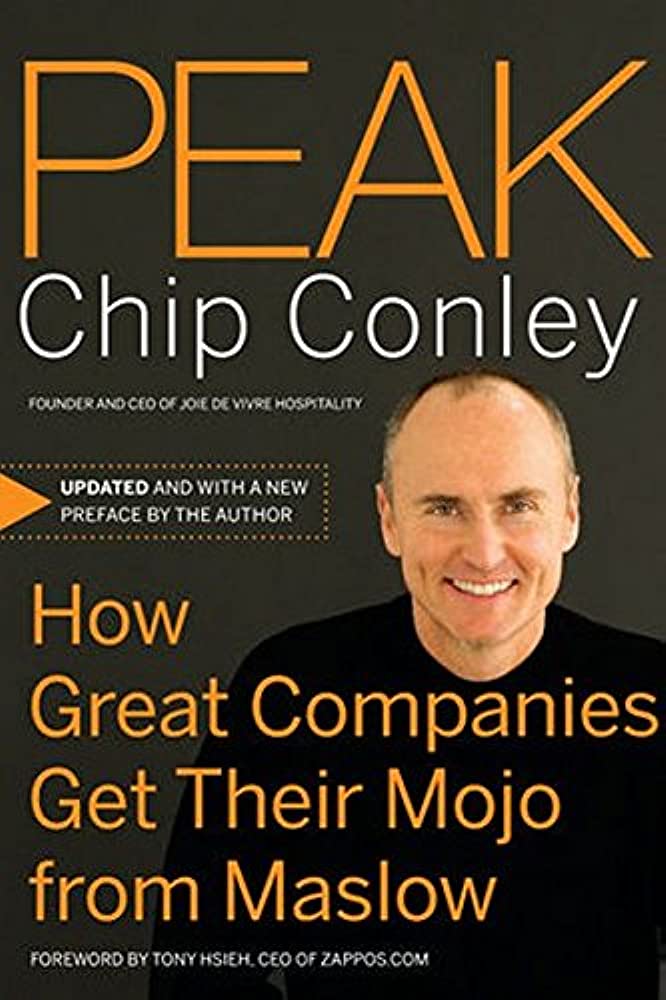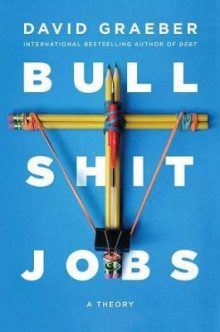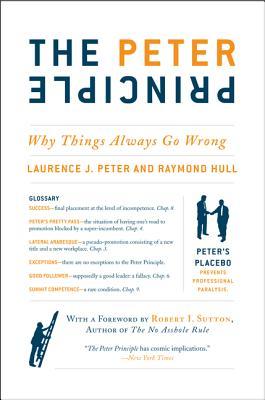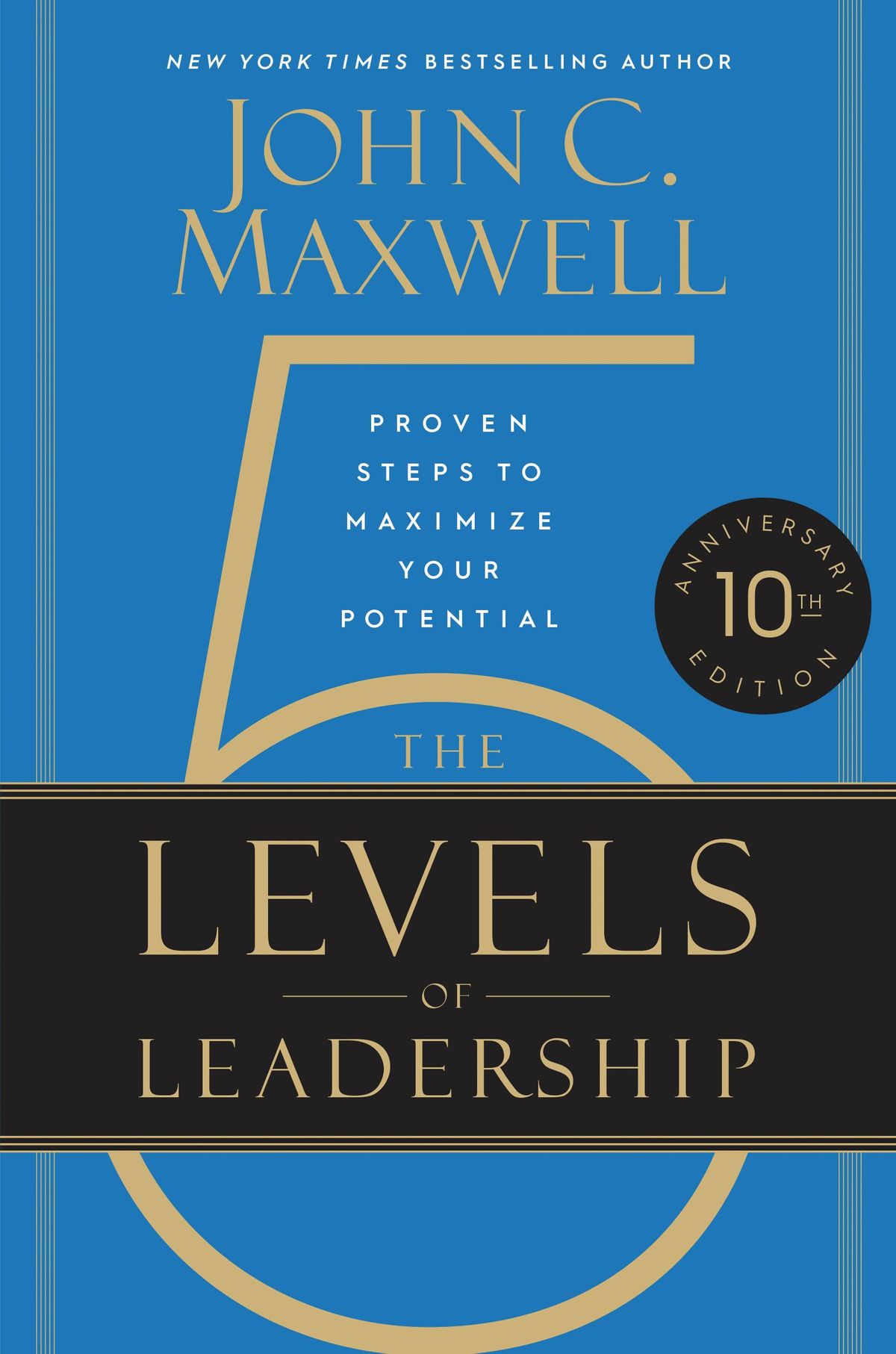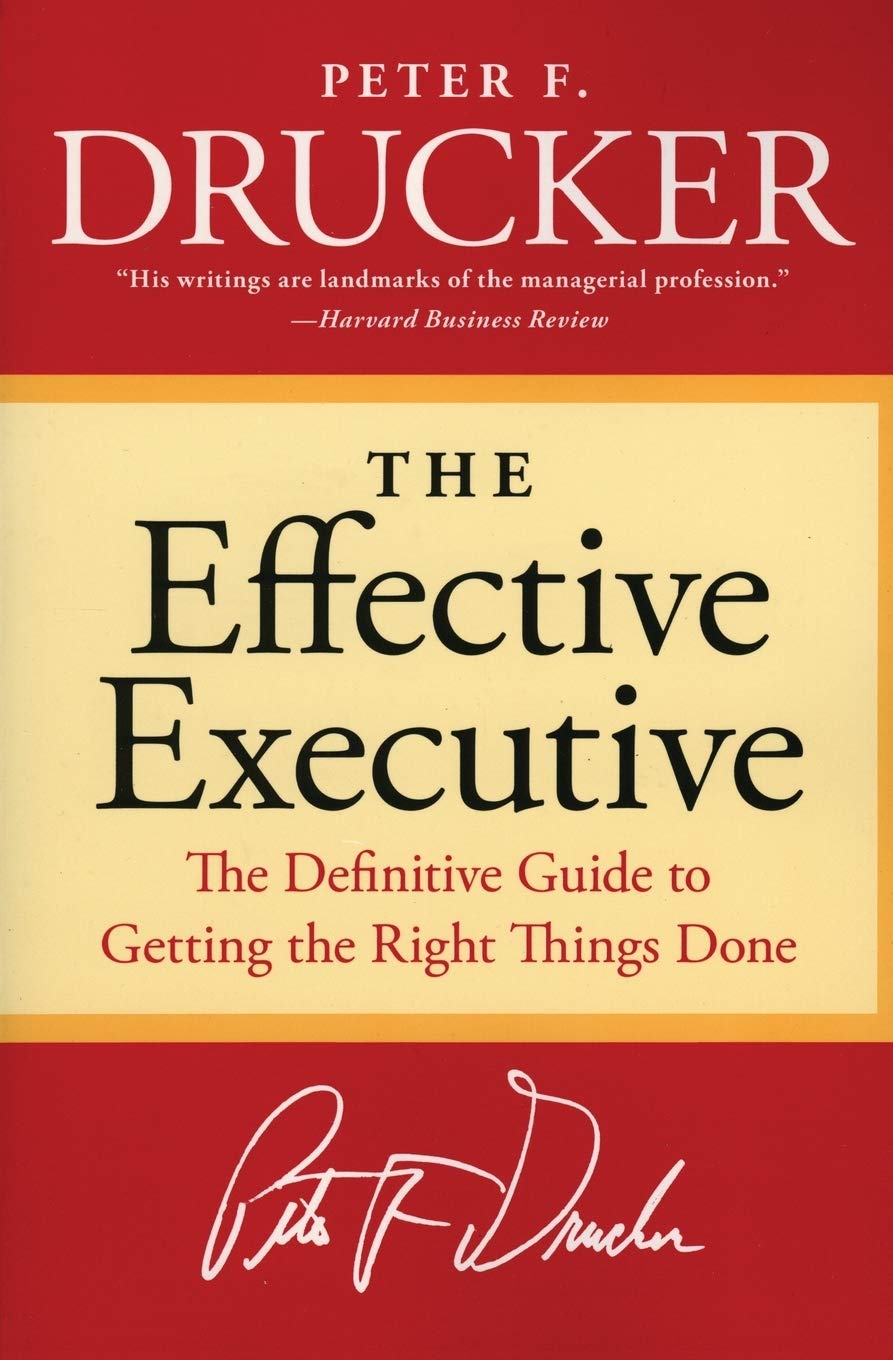Never Split the Difference
by Chris Voss
- Career
- Ashto =
- Jonesy =
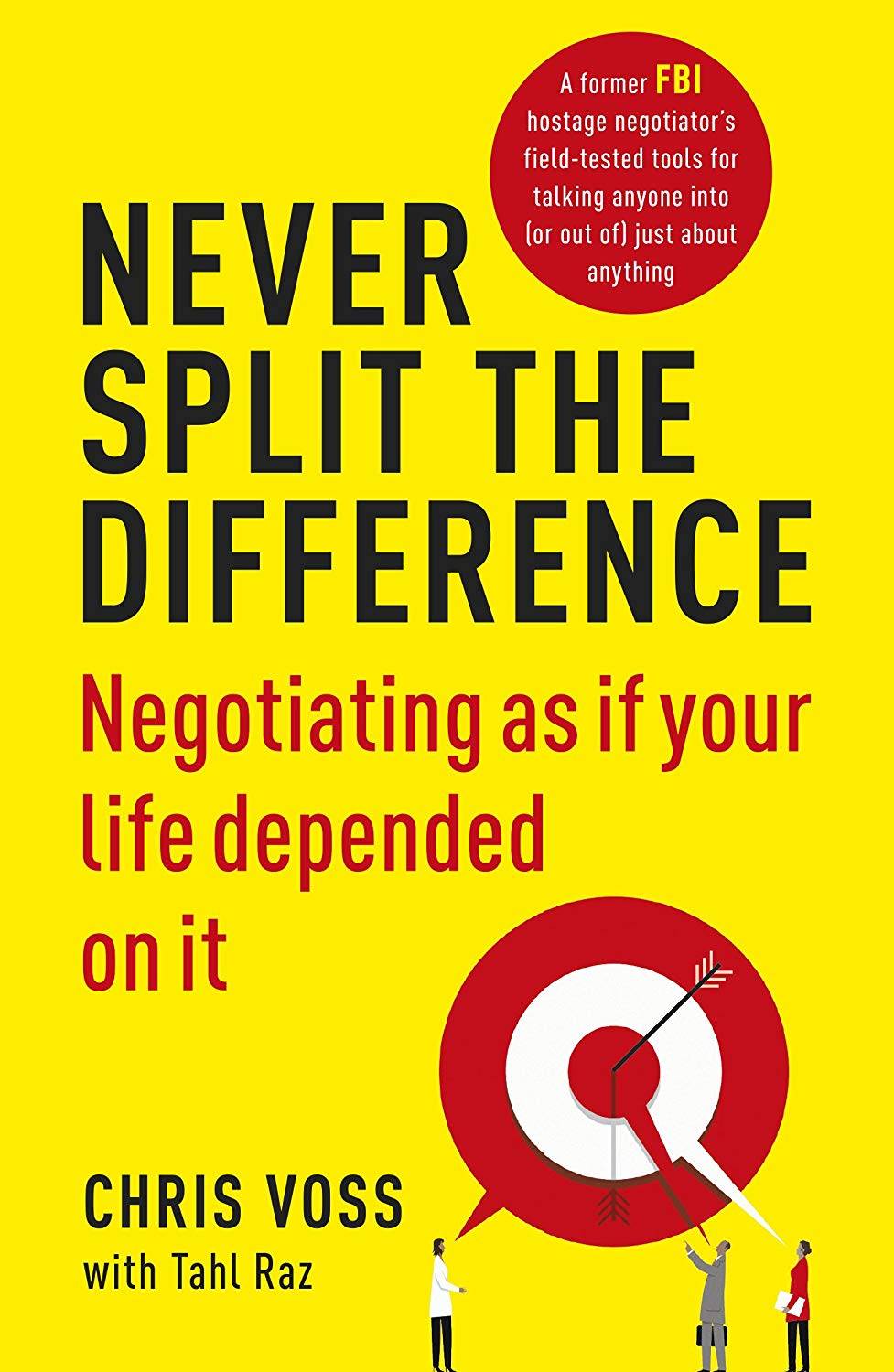
Your career, finances, reputation, love life, even the fate of your kids – at some point all hinge on your ability to negotiate.
Chris Voss spent more than two decades at the FBI, including 15 years negotiating hostage situations from New York to the Philippines and the Middle East. At any time there are 10,000 people in the FBI, but only one lead international kidnapping negotiator.
Soon he discovered these skills from the FBI worked everywhere. It turned out that the approach to negotiation held the keys to unlock profitable human interactions in every domain and every interaction and relationship in life. This book is how it works.
We’ve already reviewed Getting to Yes by Roger Fisher and William Ury, a ground-breaking book that had a step by step logical negotiation procedure for a win-win outcome. But if you’ve been listening for a while, you’d know that human beings aren’t logical or rational. Feeling is a form of thinking.
Conducting negotiations based on logical concepts without the tools to read, understand and manipulate the emotional underpinning is like trying to make an omelet without first knowing how to crack an egg.
Never Split The Difference gives tips that will help you negotiate with the irrational Fast Thinking part of the brain.
Grab a copy of the book here: https://www.bookdepository.com/Never-Split-Difference-Chris-Voss/9781847941497/?a_aid=adamsbooks
Never Split The Difference is the book to give you successful negotiations for your career, finances, reputation, love life and even for the best outcomes of your kids.
Chris Voss spent more than two decades at the FBI, including 15 years negotiating hostage situations from New York to the Philippines and the Middle East. At any time there are 10,000 people in the FBI, but only one lead international kidnapping negotiator.
Their techniques worked with mercenaries, drug dealers, terrorists, and brutal killers. But what about normal humans? Soon he discovered these skills from the FBI worked everywhere. It turned out that the approach to negotiation held the keys to unlock profitable human interactions in every domain and every interaction and relationship in life. Never Split the Difference is how it works.
Logical Negotiation
In the 1980s scholars starting exploring new concepts. Roger Fisher and William Ury were the kings of negotiation when they published Getting to Yes. A groundbreaking book on negotiation that made everyone change the way they thought about the field
It was to systematize problem-solving so that negotiating parties could reach a mutually beneficial deal. The getting to “YES” in the title. The core assumption was that the emotional brain – that animalistic, unreliable and irrational beast – could be overcome through a more rational, joint problem-solving mindset
Their system was easy to follow and seductive with 4 basic tenants
1. Separate the person, the emotion from the problem
2. Don’t get wrapped up in the other sides position … Instead, focus on their interests
3. Work cooperatively to generate win-win options
4. Establish mutually agreed-upon standards for evaluating those possible situations
It was brilliant, rational and profound. For years after that book came out, everyone was focusing on the problem-solving approach to bargaining interactions. It just seemed so smart
Amost Tversky and Daniel Kahneman wrote Thinking Fast and Slow were looking at everything from a different angle.
Feeling, they discovered, is a form of thinking. Through decades of research, they found a range of cognitive bias that is unconscious and irrational. Brain processes that literally distort the way we see the world. They found more than 150 of them.
Conducting negotiations based on System 2 concepts without the tools to read, understand and manipulate the system 1 emotional underpinning is like trying to make an omelet without first knowing how to crack an egg.
Where Getting To Yet focused on Slow Thinking, Never Split The Difference gives tips that will help you with the irrational Fast Thinking part of the brain.
Tip – Extract their information by mirroring
In negotiation, each new insight or additional piece of information heralds a step forward and allows one to discard one hypothesis in favour of another. Never Split The Difference shows us that the goal at the outset is to extract and observe as much information as possible
For many in negotiation, when they’re not talking they’re thinking about their arguments, and when they are talking they are making their arguments. Often those on both sides are doing the same thing
You need to actively listen to disarm your counterpart and make them feel safe. The goal is to identify what your counterparts actually need: monetarily, emotionally or otherwise and get them feeling safe enough to talk, talk talk and talk more about what they want.
The voice
Your most powerful tool in any verbal communication is your voice. You can use your voice to intentionally reach into someone’s brain and flip an emotional switch: distrusting to trusting, nervous to calm and in an instant you can flip it with the right delivery.
Never Split The Difference gives us 3 tones available to negotiators, that should be used at different times. The late night FM DJ voice, the positive playful voice and the direct assertive (which should hardly be used).
Most of the time you should be using the positive playful voice. Its the voice of an easy going good natured person. Your attitude is light and encouraging. The key here is to relax and smile while you are talking
The “late night FM DJ voice” is deep, soft, slow and reassuring. Sometimes the soothing voice is key to a confrontation. The best way to describe the DJ voice is the voice of calm and reason.
Mirroring
Never Spilt The Difference suggests mirroring, which is essentially imitation. It’s another neurobehavior humans display in which we copy each other to comfort each other. It can be done with speech patterns, body language, vocabulary, tempo and tone of voice. It is essentially unconscious behaviour – we are rarely aware of it when it is happening, but it is a sign that people are bonding
By repeating back what people say you trigger this mirroring instinct and your counterpart will inevitably elaborate on what was just said and sustain the process of connecting
Mirroring will make you feel awkward as heck when you first try it. Once you will get the hang of it it is like a conversational Swiss Army knife.
Tip – Show your empathy by labeling their emotions
In tense negotiation situations, the traditional advice is to keep a poker face. Until recently, researchers completely ignored the role of emotion in negotiation. Emotions were just an obstacle to overcome, they said “separate the people from the problem”. But how can you separate the person from the problem, if the problem is the emotion?
Emotions are one of the things that derails communication. Once people get upset at one another rational thinking goes out of the window.
That’s why instead of denying or ignoring emotions, Never Split the Difference shows us why good negotiators try and identify and influence them. They can precisely label emotions, those of others and especially their own and once they label the emotions they talk about them without getting wound up for them.
Getting to this level of emotional intelligence demands opening up your senses, talking less and listening more. You can learn everything you need by simply watching and listening, keeping your eyes peeled, ears open and mouth shut.
There is nothing more frustrating or disruptive to any negotiation than the feeling you are talking to someone who isn’t listening.
Never Split the Difference highlights empathy as a classic soft communication skill with a physical basis. When we closely observe a person’s face, gestures, and tone of voice, our brain begins to align with theirs in a process called neural resonance, it lets us know more fully what they think and feel. Note empathy is not about being nice or agreeing with the other side, it is about understanding them. Empathy helps learn the position the enemy is in, why their actions make sense to them and what might move them.
Tactical empathy is about recognizing and then verbalizing their predictable emotions of the situation. Don’t just put yourself in their shoes. Spot their feelings, turn them into words, and then very calmly and respectively repeat their emotions back to them.
Labeling is a way of validating someone’s emotion by acknowledging it. Give someone’s emotion a name and you show you identify how they feel
For most people it’s one of the most awkward negotiating tools to use. Before they try it the first time you’ll think your counterpart will jump in and say “don’t you dare tell me how I feel”. But here’s a secret of Never Split the Difference – no one ever notices!
If you say “how is the family” and the corners of the other person’s mouth turn down even when they say it’s great you might detect all is not well. If their voice goes flat when a colleague is mentioned, there could be a problem between them.
If your landlord fidgets his feet when you mention neighbors, it’s pretty clear he doesn’t think much of them
Picking up on these tiny pieces of information is how psychics work. Once you’ve spotted an emotion you want to highlight, the next step is to label it out loud,
Tip 3 – Beware yes, master no
The common technique is to get a yes at all costs and at all costs avoid no. We have all these negative connotations with “no”. We talk about the rejection of NO, about the fear of hearing it. “No” is the ultimate negative word. But at the end of the day, YES is often meaningless and hides deeper objections. Pushing hard for yes doesn’t get the negotiator what they want, it just angers the other side.
Never Split the Difference has a different view: “No” is the start of the negotiation, not the end of it. We have been conditioned to fear the word “no” but it is a statement of perception more than a fact. It seldom means “I have considered all the facts and made a rational choice”. Instead, “NO”, is often a decision frequently that is temporary to maintain the status quo. Change is scary and “no” provides protection.
The need to say no, comes from the deep and universal need for autonomy. People need to feel in control. When you preserve a person’s autonomy by clearly giving them permission to say “no” to your ideas, the emotions calm, the effectiveness of decisions go up, and the other party can really look at your proposal.
Politely saying “no” to your opponent, calmly hearing no, and welcoming the other side to say “no” has a positive impact on any negotiation. Your invitation for the other side to say “no” has an amazing power to bring down barriers and allow for beneficial communication. This means you have to retrain yourself to hear “no” as something other than rejection and respond accordingly. When someone tells you “no” you need to rethink the word in one of its alternatives
After they say no, pause, then ask solution-based questions: “What about this doesn’t work for you?” or “What would you need to make it work?”
You can be sure that everyone you negotiate with has two primal urges. They need to feel safe and secure and the need to feel in control. If you satisfy those needs you’re in the door
You’re not going to logically convince them they are safe and in control. Primal needs are urgent and illogical, so arguing them into a corner is just going to push your partner with a counterfeit yes.
No is protection
No is not a failure. If used strategically it’s an answer that opens the path forward. Getting to the point where you’re no longer horrified by “NO” is liberating moment that every negotiator needs to reach. Because if your biggest fear is “NO” then you can’t negotiate. You’re the hostage of “yes”. You’re handcuffed. You’re done
Tip – Bend their emotions
There are moments where you think there is no leverage…. Wrong! There is always leverage in the Never Split the Difference philosophy. Negotiation is never a linear formula: add x to y and you get Z. We all have irrational blind spots, hidden needs, and undeveloped notions.
Once you understand that subterranean world of unspoken needs and thoughts, you’ll discover a universe of variables that can be leveraged to change your counterpart’s needs and expectations. From using people’s fear of deadlines, and the mysterious power of odd numbers, to our misunderstood relationship to fairness, there are ways to bend our counterpart’s reality so it conforms to what we ultimately want to give them, not to what they initially think they deserve.
Deadlines: make time your ally and Never Split the Difference
Time is one of the most crucial variables in any negotiation. The simple passing of time and its sharper cousin, the deadline, are the screw that pressures every deal to a conclusion. What good negotiators do is force themselves to resist this urge and take advantage of it in others. Its not so easy
Ask yourself” What is it about a deadline that causes pressure and anxiety?. The answer is consequences; the perception of the loss we’ll incur in the future. “The deal is off”. Our mind screams at us in some imaginary future scenario – should no resolution be achieved by a certain point in time..
Deadlines are often arbitrary, almost always flexible and hardly ever trigger the consequences we think – or are told – they will.
Use the most powerful F word available – FAIR
The most powerful word in a negotiation is “fair”. As human beings, we’re mightily swayed by how much we feel we have been respected. People comply with agreements if they feel they’ve been treated fairly and lash out if they don’t.
Once you understand what a messy, emotional and destructive dynamic “fairness” can be, you can see why “fair” is a tremendously powerful word that you need to use with care. For example your counterpart might accuse you of being dishonest by saying “we’ve given you a fair offer”. It’s a terrible little jab meant to distract your attention and manipulate you into giving in.
If you find yourself in that situation, the best reaction is to simply mirror the “F” that has just been lobbed at you: “FAIR?”. You’d respond and use the pause and say “it seems like you’re ready to provide evidence that supports that”.
Anchor expectations
People are more fearful of less than the possibility of an equal gain. To get real leverage, you have to persuade them that they have something concrete to lose if the deal falls through.
To bend their reality, you have to start with the basics of empathy and change their expectations.
“I got a lousy proposition for you”…. “By the time we get off the phone you’re going to think I’m a lousy businessman”….
Once you’ve anchored their emotions in a minefield of low expectations, you play on their loss aversion.
Buy a copy of Never Split the Difference here.




